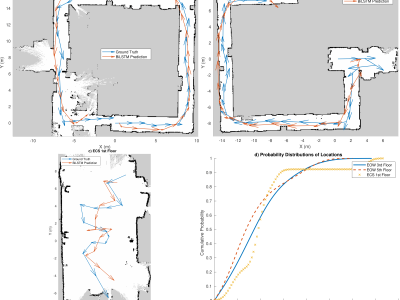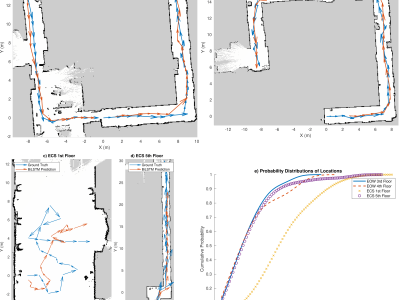
MobRFFI is a WiFi device fingerprinting and re-identification dataset collected in the Orbit testbed facility in July and April 2024. The dataset contains raw IQ samples of WiFi transmissions captured at 25 Msps on channel 11 (2462 MHz) in the 2.4 GHz band, using Ettus Research N210r4 USRPs as receivers and a set of WiFi nodes equipped with Atheros AR5212 chipsets as transmitters. The data collection spans two days (July 19 and August 8, 2024) and includes 12,068 capture files totaling 5.7 TB of data.
- Categories:









